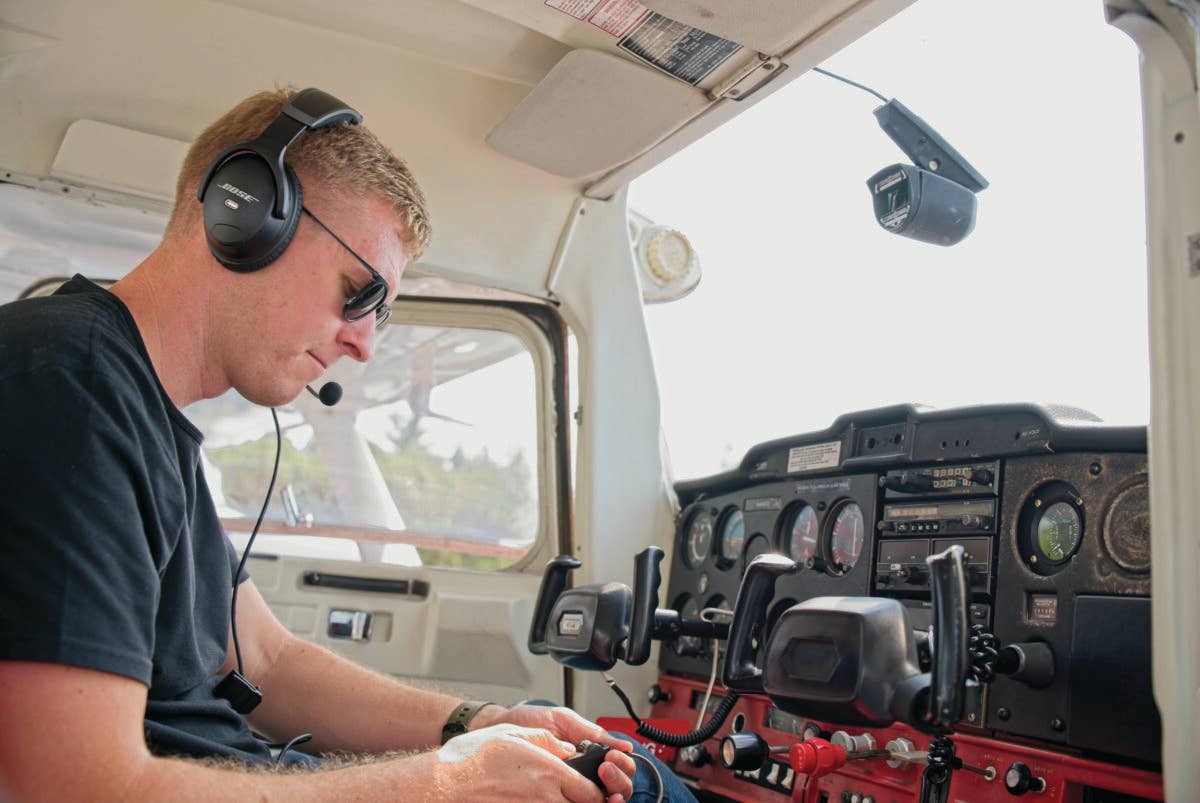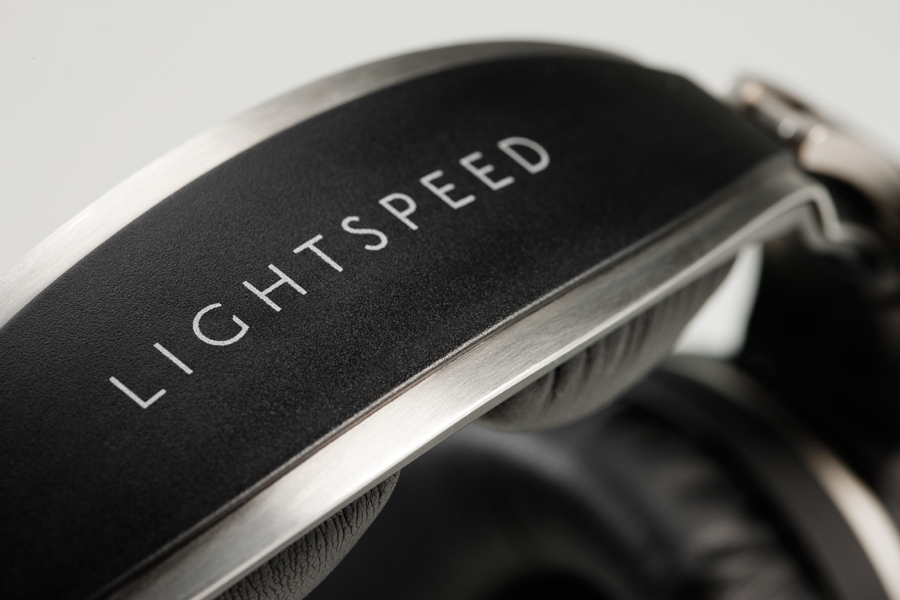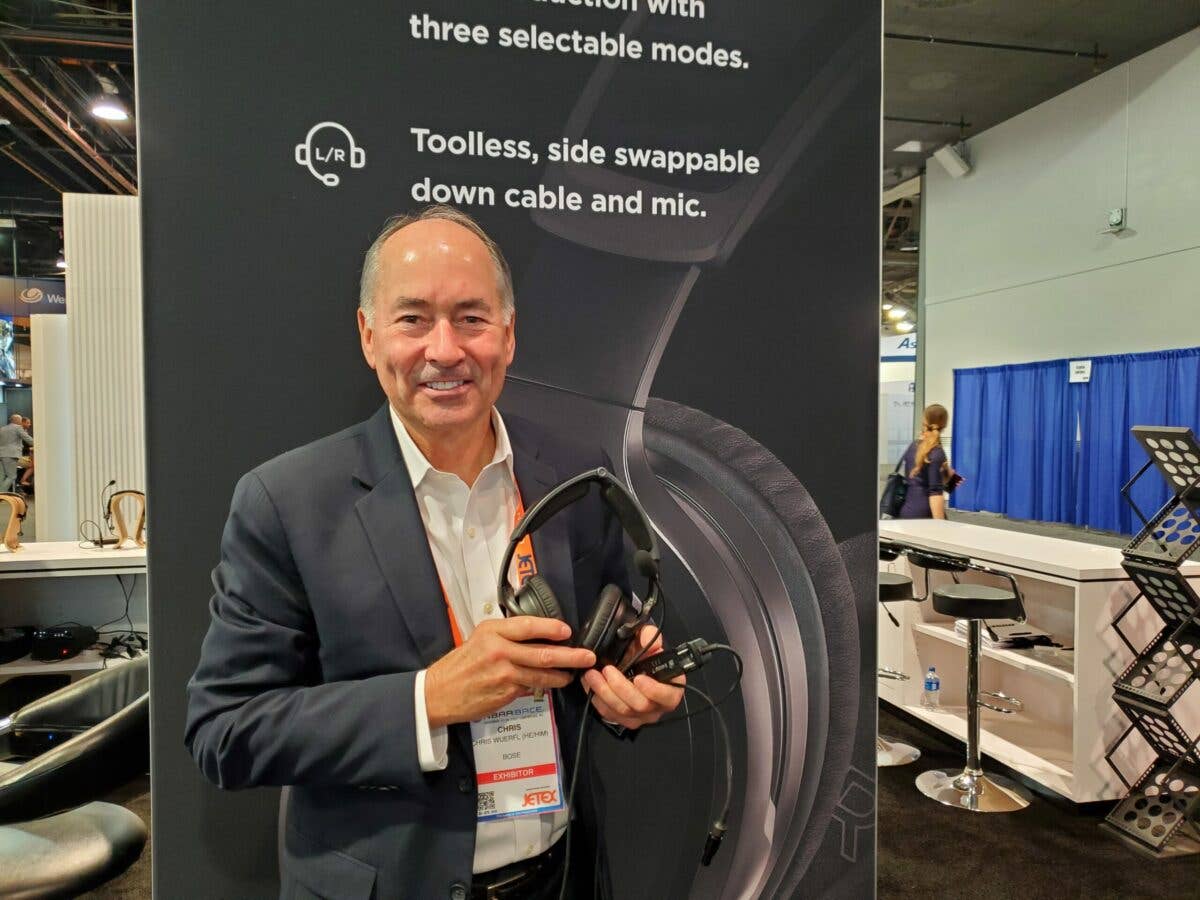CO Detection on Lightspeed Delta Zulu Proves Its Worth
The company reports having heard from approximately 100 people who say the headset’s carbon monoxide warning feature may have saved their lives.

The Lightspeed Delta Zulu innovates with a built-in CO monitor. [Courtesy of Lightspeed Aviation]
A man I had met at the flight school the previous Saturday was missing. He flew a Cessna 170. He was one of those lucky folks who lived at an airpark, but on Saturdays he stopped in at the municipal field for the coffee and company.
On February 29 around 3:45 p.m., the aircraft owner and a friend launched from the airpark with the intent of heading to a nontowered airport about an hour away. The route entailed a flight over the Puget Sound. They did not make it. I am not mentioning his name because his family doesn't need to relive that experience, but suffice to say they reported him missing, instigating a search.
Fifteen days later, the aircraft and the occupants were found underwater approximately 10 miles west of the Tacoma Narrows Airport (KTIW). According to one of the search and rescue divers who is also a pilot, the aircraft entered the water in a controlled descent. I will spare you the details, but he said it was obvious that the pilot and passenger had succumbed to carbon monoxide (CO) poisoning. The report from the National Transportation Safety Board (NTSB) concurred, as the medical examiner stated the cause of death was CO poisoning and drowning.
What Is Carbon Monoxide?
Carbon monoxide is an odorless, colorless gas, and a byproduct of combustion. It can enter the cabin of your general aviation aircraft through damaged or defective firewalls, door seals, landing gear compartments, or by the combination of cracks in the exhaust system and the activation of cabin heat since the air is heated as it passes over the engine manifold then ducted into the cockpit via a mechanical door. As you might expect, there are more instances of CO poisoning in the winter months.
Many flight schools and aircraft owners install one-time-use cardboard carbon monoxide detectors in their aircraft as a means of detecting the deadly gas. These units turn dark when CO is present, however, by the time they change color, the pilot may already be incapacitated. Carbon monoxide poisoning is more common than you would think.
According to a report published by the NTSB in January 2022, between 1982 and 2020 there were 31 accidents attributed to carbon monoxide poisoning.
"Twenty-three of those accidents were fatal, killing 42 people and seriously injuring four more,” the report said. “A CO detector was found in only one of the airplanes, and it was not designed to provide an active audible or visual alert to the pilot, features the NTSB also recommended." In 2004 and again in 2022 the NTSB called on the FAA to require CO detectors in aircraft with enclosed cabins and forward-mounted engines. This has not happened yet.
Headset manufacturer Lightspeed has stepped out ahead of this with the creation of the Lightspeed Delta Zulu, which includes an audible warning about CO in the cockpit well before it reaches critical and deadly levels. Company officials say since this safety wearable was introduced in September 2022 they have heard from approximately 100 people who say the CO warning feature may have saved their lives. On the company website it has testimonials from people who were warned about the potentially deadly situation—and that is just a fraction of those the company hears from, according to Eric Landry, director of marketing for Lightspeed Aviation.
"We have a number of customers who call in or talk to us at aviation events,” Landry said. “They tell us that the audible warning on the headset changed the way they operate. They say things like they got the warning about carbon monoxide in the cabin and landed right away and didn't take off again until a mechanic had checked things out."
Landry noted the headset is particularly popular with flight instructors who fly multiple aircraft. "They appreciate a portable CO detection system they can take with them everywhere," he said.
- READ MORE: Lightspeed Aviation Releases Delta Zulu
Teresa DeMers, executive vice president of Lightspeed, added that pilots also like the fact that it has an audible battery low warning, and the unit can be powered by off-the-shelf AA batteries or by a rechargeable battery. The unit also has the ability for the pilot to adjust auditory acuity—a bonus if you have a bad ear ear—and it has the option to record the flight for review.
"The Lightspeed Delta Zulu is the only ANR headset on the market with built in carbon monoxide detection," said DeMers. "We have shipped over 10,000 headsets in 15 months. This is a new frontier of headset, providing a lot more benefit than just hearing protection. The hearing acuity feature and carbon monoxide detection change the landscape of what people can expect from a headset."
The Lightspeed Delta Zulu comes with a hard-shell carrying case, single-port wall charger, lithium-ion battery cartridge, AA battery cartridge, UAC to USB-A cable, Velcro cord shirt clip, and set of personalized icon chips so you can distinguish multiple headsets. The unit is available in different plug configurations: Dual GA, LEMO panel power, and U-174.
The unit sells for $1,099 and comes with a 60-day, money-back guarantee.

Subscribe to Our Newsletter
Get the latest FLYING stories delivered directly to your inbox





